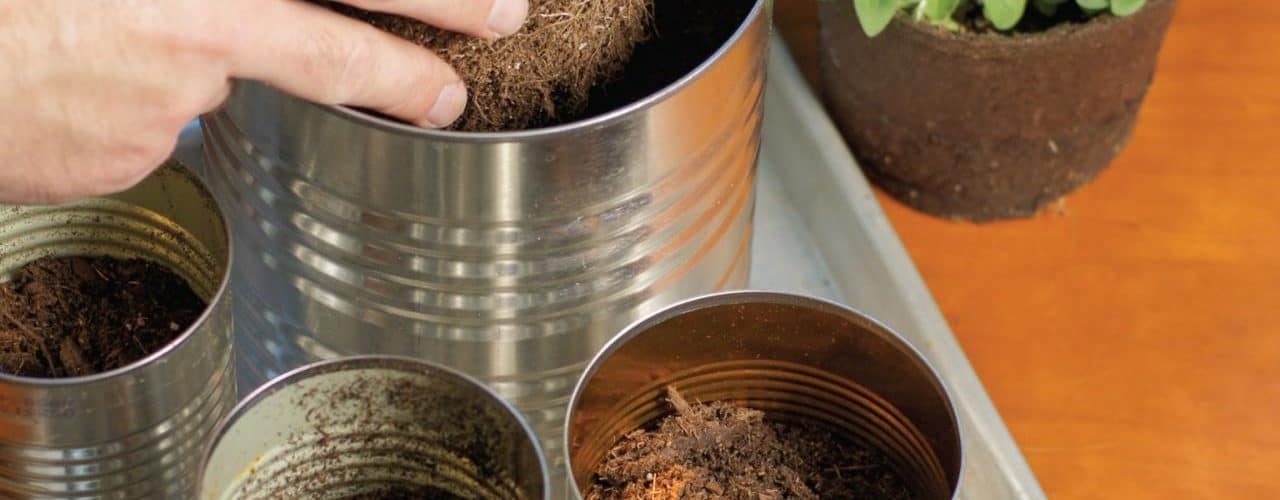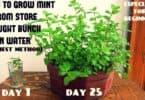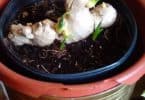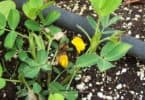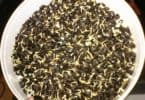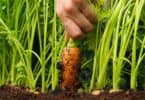The use of herbs has had a resurgence of popularity in recent years. Once common in most every garden, herbs began to lose there appeal with the advent of mass produced, easy to prepare foods, prescription and over the counter medicines. Now that people are again becoming aware that fresh prepared is better, cheaper and healthier, the herb garden is making a comeback.
Here are some ideas to help you get started:
Decide on the kind of herb garden you want. How much time do you want to spend caring for your plants? Do you want the work of a large herb garden or do you want a few herbs in planters. A raised bed is a good possibility for an easy to care for garden. Some herbs may fit in well with your existing landscape. For most people, just planting a few of the herbs they are sure to use is a good place to start.
Next you will need to decide on the kind of herbs to plant.
By far the most popular way to use fresh herbs is in cooking. If this is how you are planning to use your herbs it’s easy to decide what to grow. What foods does your family enjoy and what herbs are common in preparing these foods?
You may want to go with the easy and versatile herbs to start. Perennial herbs that will come back year after year, oregano, rosemary, chives, sage, thyme, marjoram, mint and dill are all easy to grow and are used in a variety of cuisines. They may be planted in the ground or planters. They can be started from seeds, but starting from plants is simpler. Cilantro and basil are annuals and need to be planted every year, but both are easy growers.
If you can’t decide exactly what to grow, herb kits are an affordable way to experiment.
Plant in an area that gets the morning sun, but be aware of certain plants need more shade. You will find this information on the seed packet or the identification tag on the plants purchased.
Learn the basics of each kind of herb you will be planting. You will want to know the spacing between plants and what plants tend to spread out and take over the area. Certain herbs like mint, you will probably want to confine because they are so prolific.
Preparing the soil:
Remember you are growing food. Keep it healthy and non-toxic. If you are going from grass to garden be sure it’s in an area where you haven’t used a lot of lawn chemicals. If this isn’t possible you may want to go with pots or a prepared raised bed.
In the garden plant your herbs in a well draining location. This is very important. Most herbs won’t grow in hard, wet soil. Mix in some organic matter such as grass clippings or compost. No other special prep is needed. Don’t over fertilize. Overfeeding leads to excess foliage, but little flavor.
In the raised bed used a good quality organic potting soil and the organic matter.
In pots use a good quality organic potting soil and mix in a little perlite to lighten the soil. Make sure the pots are able to drain. You don’t want to rot the roots.
Don’t overwater your herbs. Clip often to encourage growth. Enjoy.
As a note: If you plan to grow medicinal herbs do your research, first. Natural doesn’t always mean good for you. There are many herbs that can do more harm than good. Use with care.
References:
West Virginiia University: Growing Herbs in the Home Garden
DIY Home Network: Herb Garden Design
HGTV: Herbs
Buzzle: Mexican Herbs And Spices
Vodpod: How to Grow Herbs Organically
<>

